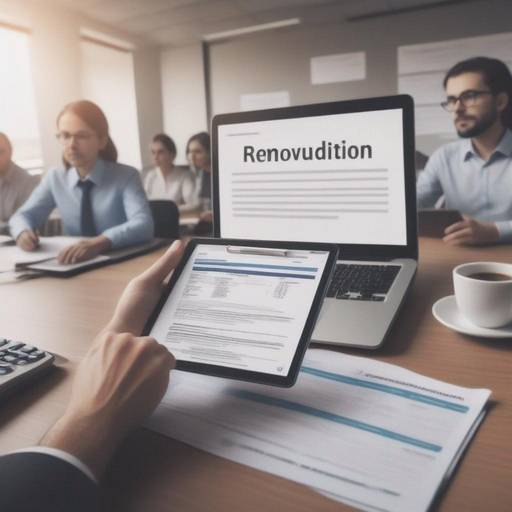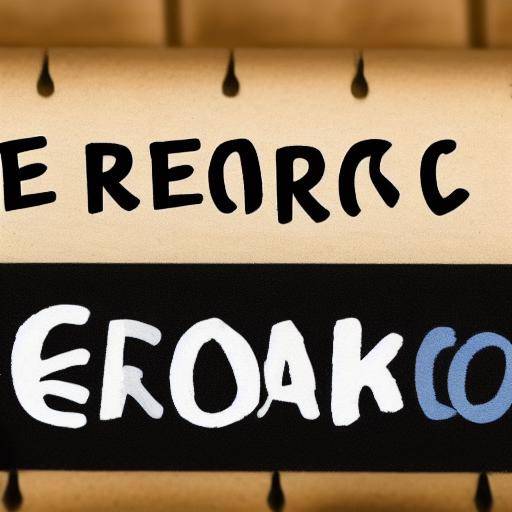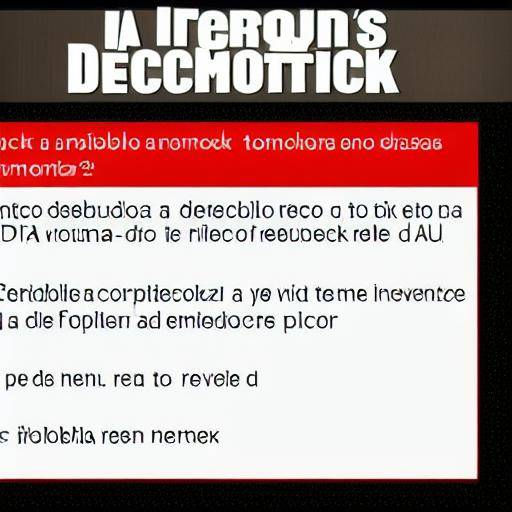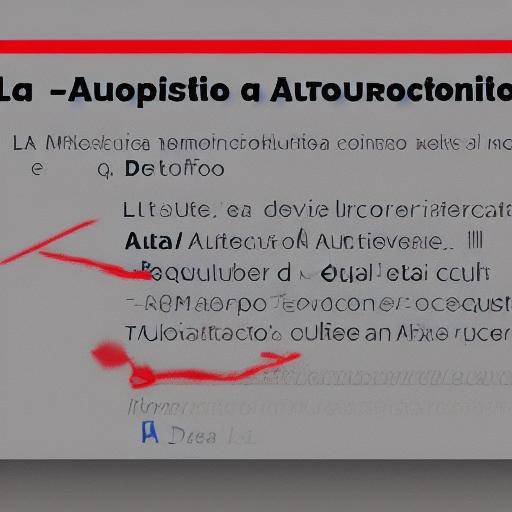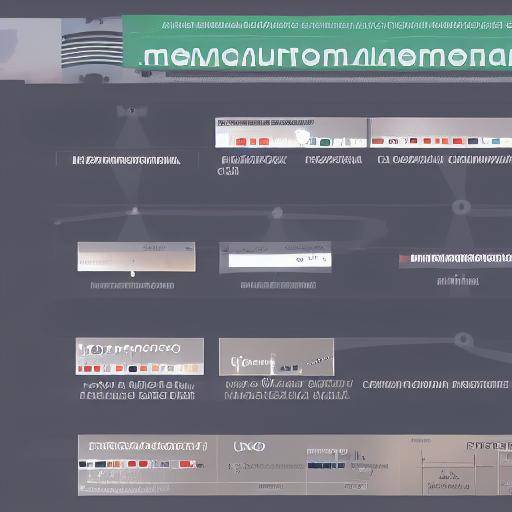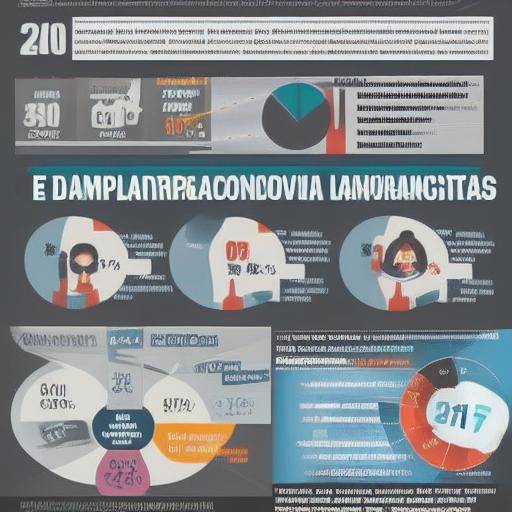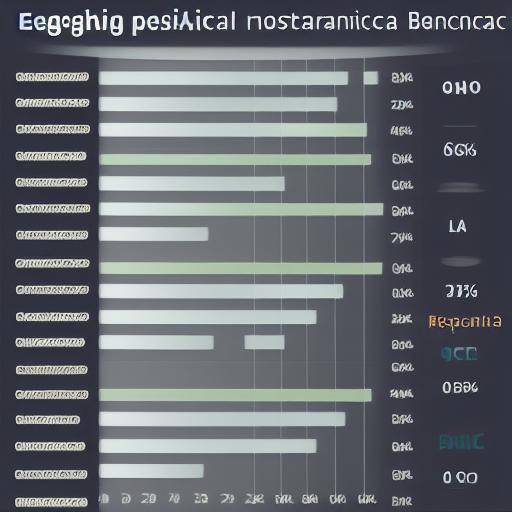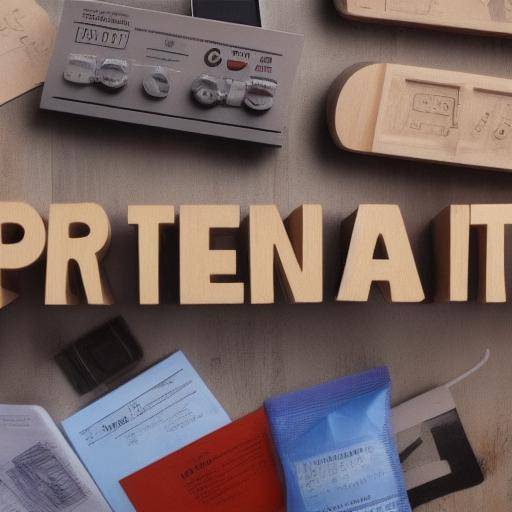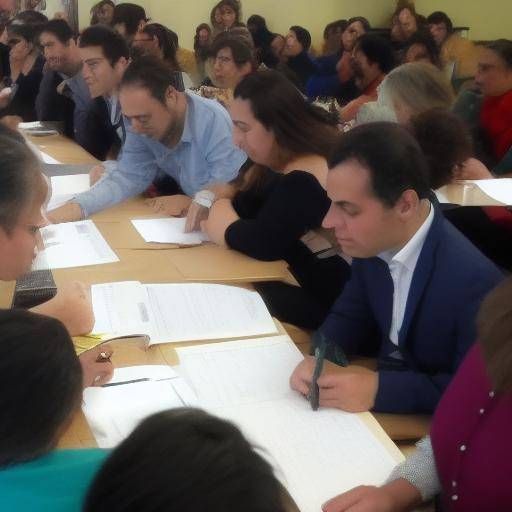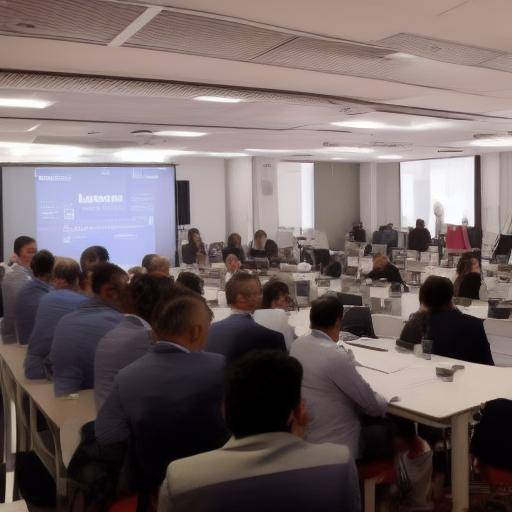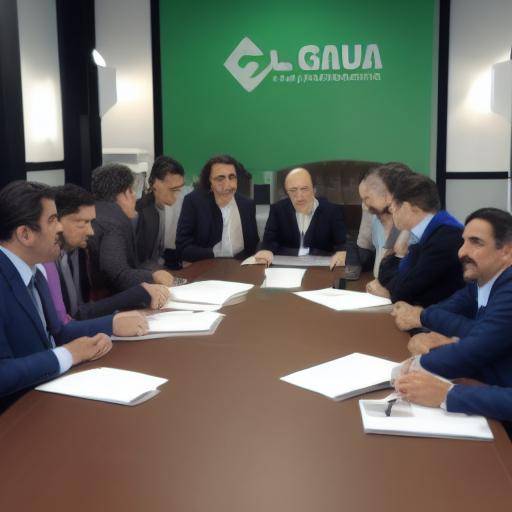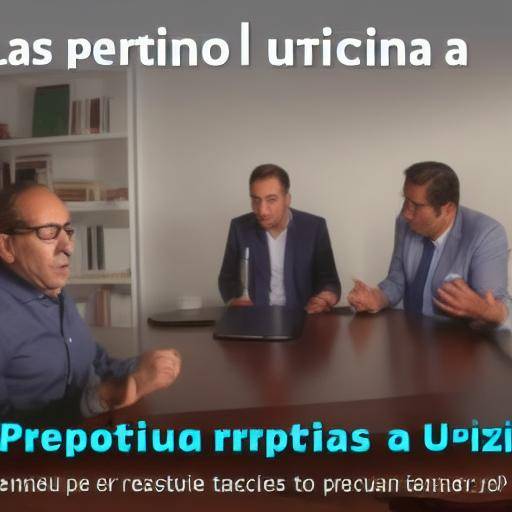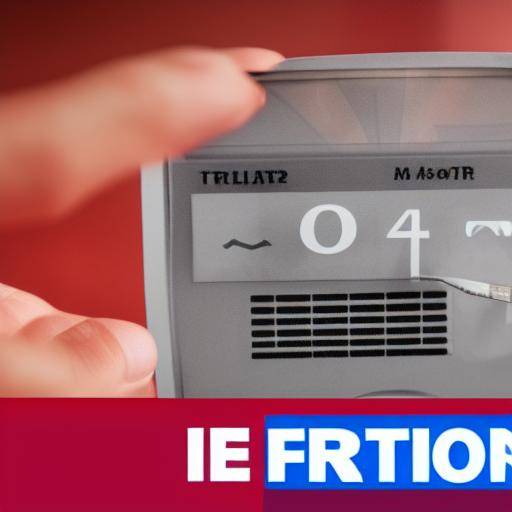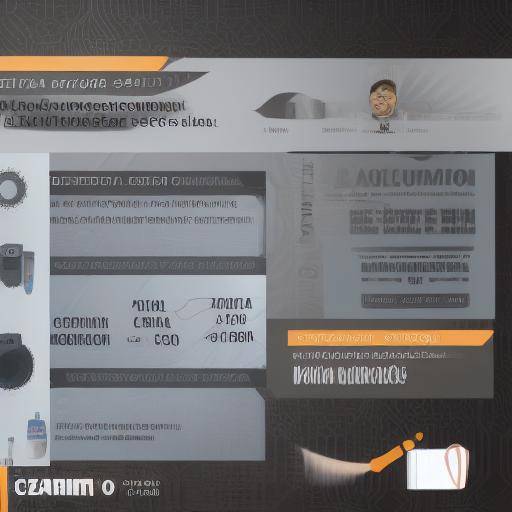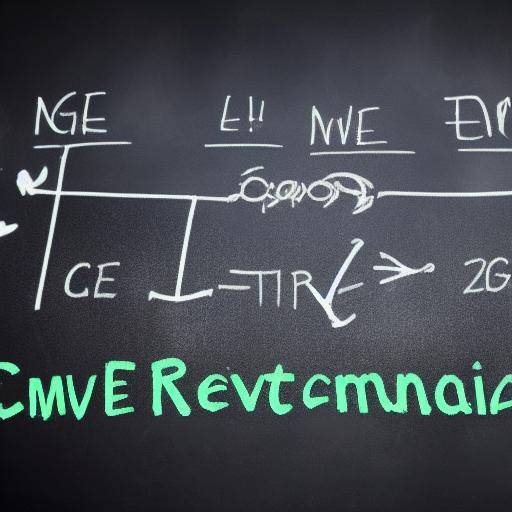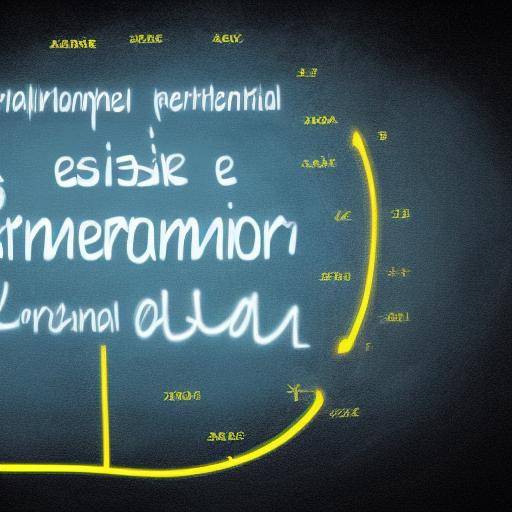
Introduction
Effective meetings are fundamental to the successful functioning of any organization. However, they are often criticized for being unproductive and generating frustration among participants. In this article, we will explore how to use feedback technique to improve the quality and efficiency of meetings. You will discover the positive impact that feedback can have on the continuous improvement of teamwork dynamics and decision-making. Join us on this journey to transform your meetings into effective and constructive partnerships.
History and Background
The feedback technique, also known as feedback, has its roots in psychology and has been applied in various disciplines throughout history. From its first applications in the field of education to its adoption in organizational contexts, feedback has evolved significantly. Its importance lies in its ability to provide valuable information that allows remedial action and foster individual and group growth.
Evolution of Feedback
- Ancient Civilizations: In ancient Greece and other civilizations, teachers and philosophers used feedback to educate their disciples.
- Industrial Revolution: The feedback began to be formalized in working environments to improve the efficiency and quality of the work.
- Was Digital: With the boom of technology, feedback tools have been sophisticated, allowing real-time analysis and quick adjustments.
Detailed Analysis
The proper application of feedback in the environment of effective meetings can generate multiple benefits, such as encouraging active participation, identifying areas of improvement and strengthening team cohesion. However, there are also challenges associated with the implementation of this technique, such as resistance to change and subjective interpretation of comments received.
Benefits of Feedback at Meetings
- Active participation: Encourage team members to contribute to their ideas and opinions.
- Identification of Improvement Areas: Allows to detect aspects that need adjustments or changes.
- Team cohesion: Strengthens the relationship between members by fostering an environment of trust and open communication.
Challenges of Feedback
- Resistance to Change: Some members may be reluctant to accept constructive criticism.
- Subjective Interpretation: Comments can be misinterpreted if they do not communicate clearly.
- Inappropriate follow-up: Lack of follow-up can lead to feedback not being implemented effectively.
Comprehensive review
To achieve effective meetings through feedback, it is crucial to understand best practices for implementation. This comprehensive analysis will deepen the recommended methods, tools and strategies to maximize the transformative potential of feedback in the context of team meetings. In addition, the perspectives of experts and future projections in this area will be explored.
Methods and Tools
- Anonymous Surveys: They allow to collect honest feedback without fear of reprisals.
- Meetings reviews: Evaluate the performance of the meeting immediately after it is finished.
- Feedback Software: Digital tools that facilitate the collection and analysis of feedback.
Recommended strategies
- Clarity in Communication: Be specific and objective when providing feedback.
- Empowerment and Respect: Consider the feelings and perspectives of others.
- Action and monitoring: Implement suggestions and track to ensure continuous improvement.
Comparative analysis
Feedback, effective meetings and continuous improvement are intrinsically related. Through concrete examples and realistic scenarios, these areas will be compared and contrasted to highlight their similarities, differences and potential synergies that can boost efficiency and performance in the business environment.
Comparison of Approaches
- Formal feedback vs. Informal: The formal feedback tends to be structured and programmed, while the informal is more spontaneous and casual.
- Traditional Meetings vs. Meetings with Feedback: Traditional meetings may lack feedback mechanisms, while feedback meetings are designed to promote continuous improvement.
Potential synergies
- Continuous improvement: Regular feedback helps identify and correct problems before they become older.
- Performance of the Team: Teams that receive and act on feedback tend to be more efficient and productive.
Practical Tips and Accessible Orientation
In order to provide practical value, detailed advice and actionable guidance will be presented to successfully implement feedback at meetings. These councils will be supported by clear examples and based on research on the most effective practices to maximize the impact of feedback on the continuous improvement of team meetings.
Tips for Implementing Feedback
- Establish Feedback Standards: Define how to give and receive feedback.
- Fostering a Confidence Environment: Create an environment where participants feel safe to share their opinions.
- Being Specific and Constructive: Avoid vague comments and focus on specific aspects that can be improved.
- Use Active Listening Techniques: Pay full attention to feedback received and ask clarification questions if necessary.
- Regularly Planning Feedback Sessions: Make feedback a regular practice in meetings.
Industry Perspectives and Expert Reviews
The opinions of industry leaders regarding the successful implementation of feedback in effective meetings will provide a valuable insight into the tangible benefits and development opportunities offered by this technique. In addition, emerging trends and future forecasts based on expertise will be analysed.
Opinions of Experts
- Patrick Lencioni, author of "The Five Dysfunctions of a Team", highlights the importance of feedback to build cohesive and efficient equipment.
- Kim Scott, author of "Radical Candor", advocates direct and sincere feedback as a key to improving organizational performance and culture.
Emerging trends
- Feedback in Real Time: Use of technology to provide instant feedback during meetings.
- Culture of Continuous Learning: Encourage an environment where feedback is seen as an opportunity for constant growth.
Case Studies and Practical Applications
In order to illustrate the successful implementation of feedback at meetings, practical cases will be presented that demonstrate their results and lessons learned. These examples from different industries and contexts will provide a holistic view of possible applications and impacts observed.
Case 1: Technology Company
A technology company implemented a structured feedback system at its weekly meetings. As a result, they noted a significant improvement in the clarity of targets and efficiency in decision-making. Employees reported feeling more valued and committed.
Case Study 2: Consulting Signature
A consulting firm adopted the use of anonymous surveys to receive feedback after each important meeting. This approach identified areas of improvement and adjusted strategies in real time, resulting in an increase in customer satisfaction and team effectiveness.
Future Trends and Predictions
In a context of constant evolution, it is essential to explore emerging trends related to feedback, effective meetings and the process of continuous improvement. Based on current data and expert opinions, we will examine the opportunities and challenges facing the horizon.
Future Opportunities
- Artificial Intelligence Integration: Use AI to analyze feedback patterns and provide customized recommendations.
- Advanced Collaboration Platforms: Development of tools that facilitate real-time feedback and remote collaboration.
Challenges to Superar
- Cultural resistance: Change the perception of feedback in organizations where it is not valued or feared.
- Overload of Information: Effectively manage the feedback volume without overmining participants.
Conclusion and Frequently Asked Questions
Conclusion
In short, the feedback technique offers a powerful tool to boost continuous improvement in effective meetings. By effectively implementing it, organizations can raise the level of collaboration, efficiency and satisfaction in their work dynamics. The well-executed feedback can catalyze a positive process of transformation, giving the teams the tools necessary to evolve into a context of more productive and enriching meetings.
Frequently asked questions
1. What is the importance of feedback in effective meetings?
Feedback plays a key role in providing constructive information that promotes growth and continuous improvement in meetings. Encouraging the honest exchange of views and views contributes to strengthening the decision-making and cohesion of the team.
2. What are some common challenges when implementing feedback in meetings?
Among the most common challenges are resistance to change, subjective interpretation of comments received, and lack of follow-up or remedial actions subsequent to feedback.
3. How can effective feedback be provided during a meeting?
Effective feedback is achieved through clarity, empathy and objectivity. It is essential to communicate constructively and specifically, focusing on observable behaviors and providing clear suggestions for improvement.
4. What are the current trends in the implementation of feedback at meetings?
Current trends highlight the integration of technological tools to collect and analyze data on meeting effectiveness, as well as the focus on real-time feedback to promote agile and continuous adaptation.
5. What impact can feedback have on organizational culture?
Feedback can foster a culture of transparency, learning and continuous improvement in the organization. When valued and handled positively, it can contribute significantly to the construction of solid and successful equipment.
6. What are the best practices to manage feedback after a meeting?
Effective management of feedback requires establishing clear mechanisms for monitoring and implementing corrective actions. It is essential to foster a trust environment in which comments received are appreciated and acted.
Final conclusion
The effective implementation of feedback at meetings represents an invaluable opportunity to enhance collaboration, learning and organizational development. By understanding and applying best practices for feedback in a context of continuous improvement, organizations can transcend the dynamics of unproductive meetings and take advantage of the transformative potential offered by feedback. As a result, they can build a working culture based on effective communication, active participation and excellence in decision-making. Feedback, ultimately, becomes a strategic asset to promote sustainable and meaningful continuous improvement in meetings.
In short, well-executed feedback and the implementation of effective practices can make the difference between regular meetings and exceptional meetings that drive the growth and success of the team and the organization as a whole.



